Under The Loupe: Diamonds
Even if you’ve never thought of diamonds in your life, you must have heard the saying that diamonds are forever. The saying originated as the logo of De Beers groups and it plays on the fact that diamonds are the hardest material in the world, which makes them sound pretty much indestructible (which they definitely aren’t). Of course, it also refers to the custom of sealing and engagement with a diamond ring, a practice that became popular relatively recently.
Despite the fact that the tradition is much younger than most, it has taken root in Western societies, especially the English-speaking ones. This means that now women in those societies expect to receive a diamond ring as a part of their engagement. Similarly, men consider this a normal practice and are willing to set apart a significant amount of their savings in order to purchase the perfect diamond.
Obviously, engagement rings are not the only reason people buy diamonds. Lately, the purchase of diamonds as a form of investment has increased. People who feel uncertain about investing in companies with no guarantees that the said companies will prosper in the future feel more comfortable with investing in tangible goods, like precious gems and metals. In that sense, buying diamonds is similar to investing in gold. However, the gems have the added bonuses of quicker price growth and the fact that, due to their size, they can be stored much more easily than gold. Wearing diamond jewellery doesn’t reduce its worth significantly, and they’re relatively easy to maintain. All of these properties make up for an attractive way to invest your money.
If you’re considering buying a diamond, no matter the reason for your purchase, you need to always remember that not every diamond is worth the same. The “four C’s” – cut, clarity, color, and carat – determine the value of each stone. Therefore, before you make any decisions, make sure you know what you’re dealing with. Here are the basic descriptions of each of the four aspects of the quality of a diamond.
1. Cut
The cut of a diamond refers to the angles and facets. The proportions and symmetry of a diamond actually influence the way light is reflected out of it. A well-cut diamond will reflect as much light as possible, making the stone appear more brilliant, and thus more beautiful and expensive. Don’t confuse the cut with the shape. The cut is all about the reflection of light, while the shape is all about the appearance. Therefore, any shape of the diamond can be well or poorly cut. Any poorly cut diamond will seem dull, which means that sometimes a well-cut smaller diamond may be worth more than poorly cut bigger one.
2. Clarity
Clarity is essentially the purity of the diamond, i.e. the presence or absence of other substances in the rock. The pure ones are labelled FL – completely flawless. If there are imperfections on the outside of the stone, the label is IF – internally flawless, and it means that the imperfections can be removed, usually at the expense of the size of the diamond. The label VVS means that the flaws are “very very slightly included” and VS means that they are “very slightly included”. If the rock is under the SI category, the flaws are “slightly included, and the poorest quality is labelled by I – included, and in this case, the flaws are visible to the naked eye. In general, the purest diamonds are worth the most. However, if you’re considering investing in colored diamonds, clarity has less on an impact on the price, since colored rocks are normally found with inclusions.
3. Color
If you’re interested in white diamonds, the perfect ones should be completely colorless. If a white diamond has a certain yellow or brown hue, it’ll be worth much less than a colorless one. On the other hand, if you prefer the colored stones, the intensity of the color plays a big part. If you’re looking for a pink rock, look for bright, almost bubblegum pink. Naturally colored diamonds are rarer than the white ones, which means that they’ll usually be worth more.
4. Carat
The last C is the carat, which is literally the weight of the diamond. One carat equals 0.2 grams, and it is split into 100 points, which is why you may hear a phrase such as “a 50-point diamond”. The size plays a big part when it comes to the price, and the bigger rocks of the same cut, clarity, and color are always worth much more. In practice, a one-carat white diamond may be worth $8000, while a two carat stone of the same quality may be worth four times more. This is because diamonds are found in small pieces, and since larger ones are far less common, they are also far more expensive.
Hopefully, now you have a better understanding of diamond quality and worth. However, before you decide to make a purchase, check thoroughly each individual piece. And don’t forget about the fifth C – the certificate!



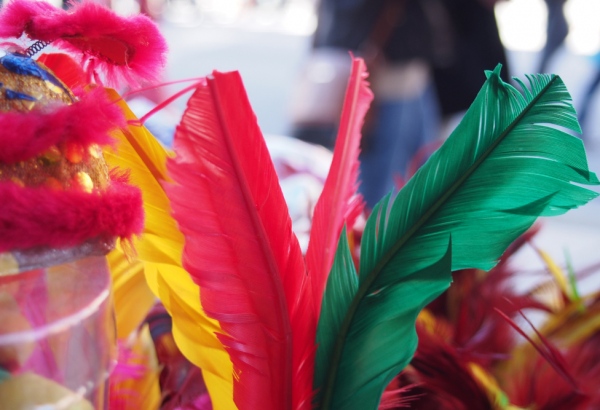

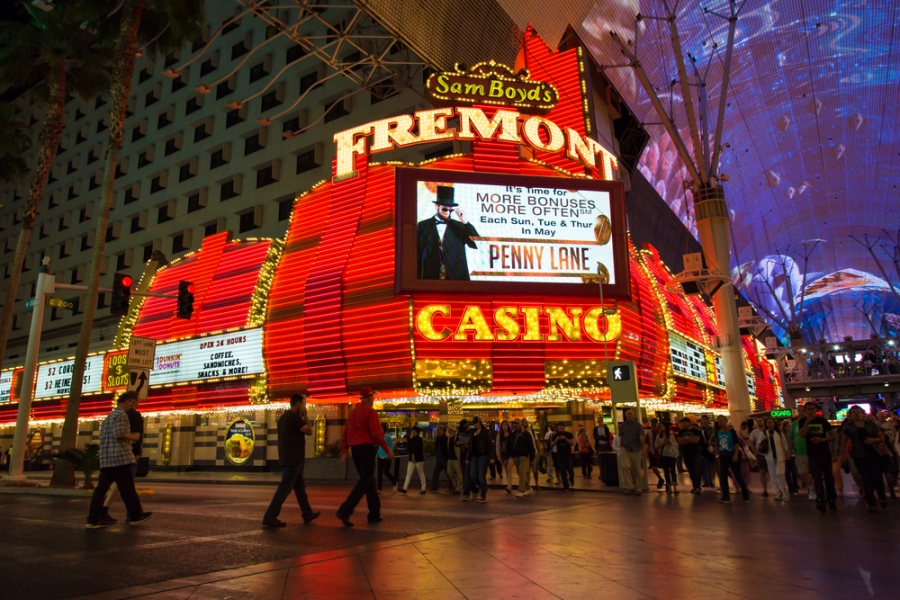



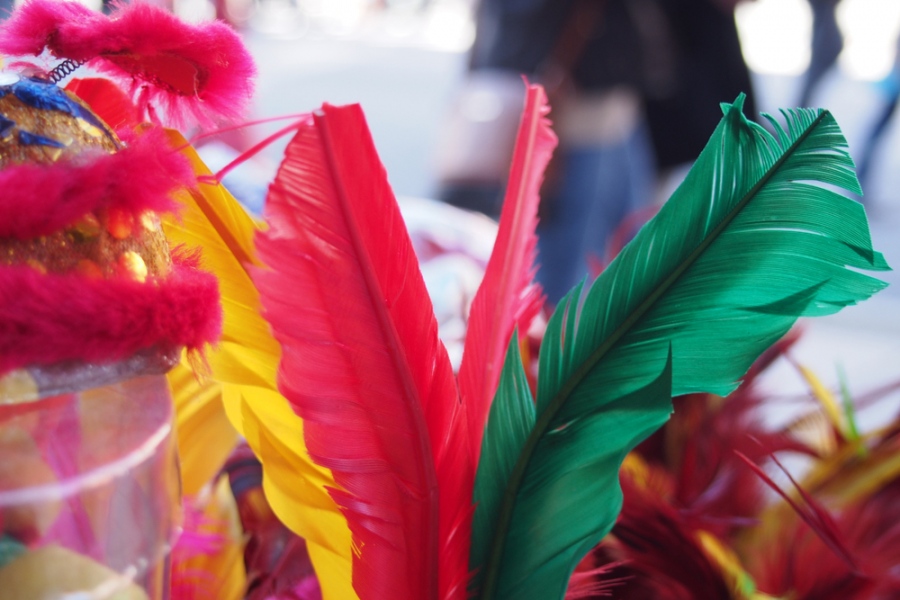








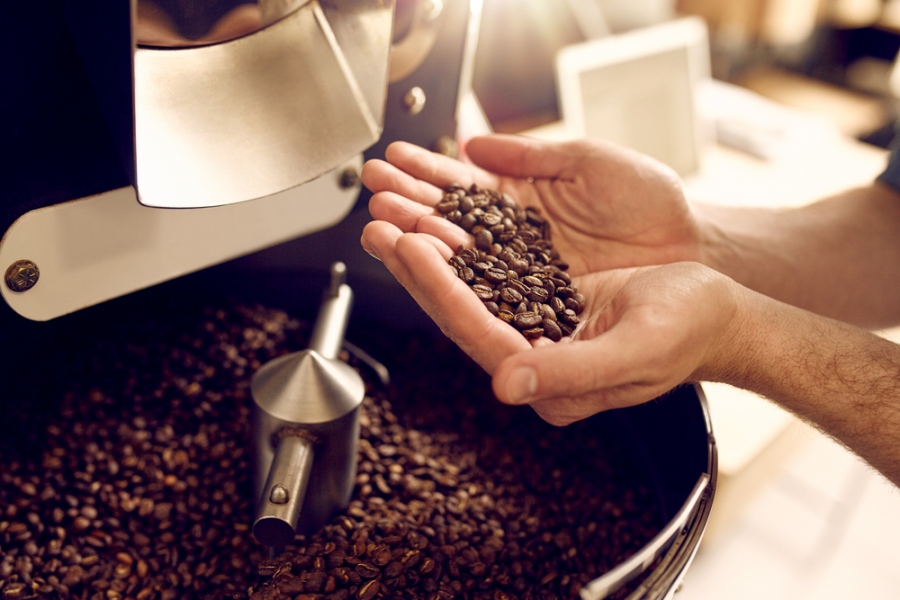
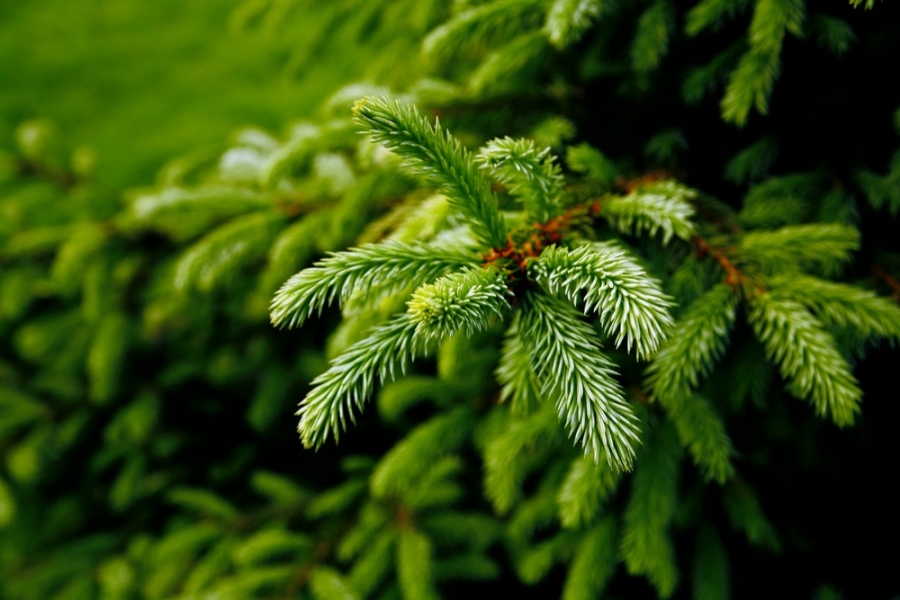
Leaver your comment